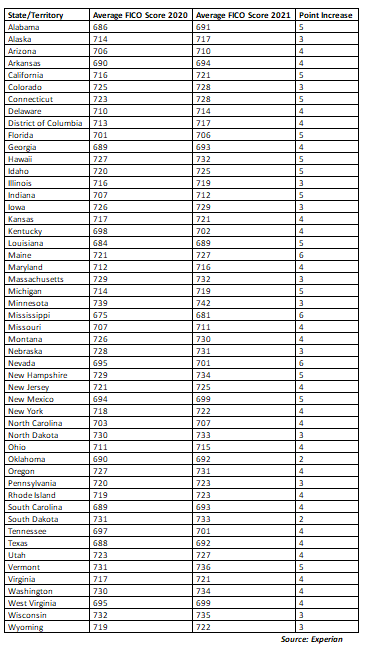
FICO scores are an indicator of a person's credit history. These scores are used by creditors to evaluate income and debt. A good score gives a person more choices and access to lower interest rates. Landlords and utility companies may also consider your credit score. If you don't have an excellent credit score, you may need it to improve it in order to apply for a loan and get a credit card.
Payment history
Your payment history is one of the most important factors in determining your credit score. It is a record of when you have paid a debt and how much you owe. You will see fewer negative entries over time. Trended data for the last 24 months is also included in the latest FICO model. This can be helpful to lenders when determining if you are likely to repay your debt fully.
Your payment history gives lenders a snapshot on your repayment behavior. Your credit score can be seriously damaged if you miss a payment or send one to collections. This is because lenders consider you a high-risk borrower when you miss payments.
Accounts owed
Credit score is affected by how many accounts you have. This category makes up about 30% of your total score and is directly affected by new credit card accounts. It includes both the type of accounts and the balances. Your risk of being overextended is higher if you have more accounts.

Your debt can be paid off to improve credit scores. Credit scoring models evaluate many factors that contribute to a person’s credit score. A major factor in determining credit score is how much debt you have. You don't have to be a high-risk borrower, but it will make it harder for you to meet your monthly obligations.
Credit history length
The length of credit history is one important factor that determines your credit score. Your credit score will take into consideration the age and the length of each individual account. Ideally, your credit history should be at least six months old. If you have opened a brand new account, your history is likely to be shorter.
FICO uses as an index your credit history the average age for your credit accounts. This figure is calculated using the average age of each credit account multiplied by the total number. The average age of credit accounts is around 8 years. The length of specific accounts and the length of time since they were opened are also considered when calculating the length of your credit history. These factors are not publicly disclosed by FICO, however.
Credit new
Your FICO score will take into account recent activity, such as the time you have been applying for credit and having new accounts. Lenders might also consider how long it has been since you applied for a new loan. This could affect your score a bit. Your score will be affected by the type of account and amount of credit that you apply for.
Good news is that you can improve your score by paying your bills in time and responsibly using credit. Check your credit report first. You can have your credit reports within two days. A second way to monitor credit is to set up due-date alerts for your credit card bills. While this can be time-consuming, it is an excellent way to improve credit scores.

VantageScore
VantageScore is a credit score that was introduced in 2006. FICO is the credit score that is calculated from the credit report. VantageScore, however, is not based on it. For instance, FICO uses data from the credit bureaus, while VantageScore uses data about consumer behavior over a two-year period. It is therefore important that consumers understand the differences between VantageScore Score and FICO Scores and how they impact each other.
VantageScore is not without its disadvantages. For one, it is easier to understand and compare. Equifax, Experian and Transunion developed the VantageScore system with the aim of making it consistent and more understandable. It also uses letters rather than numbers.